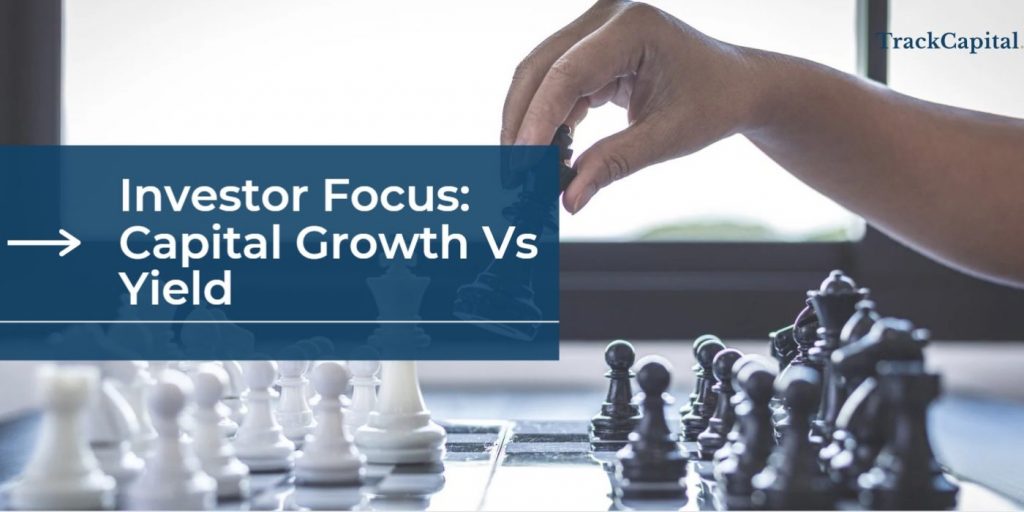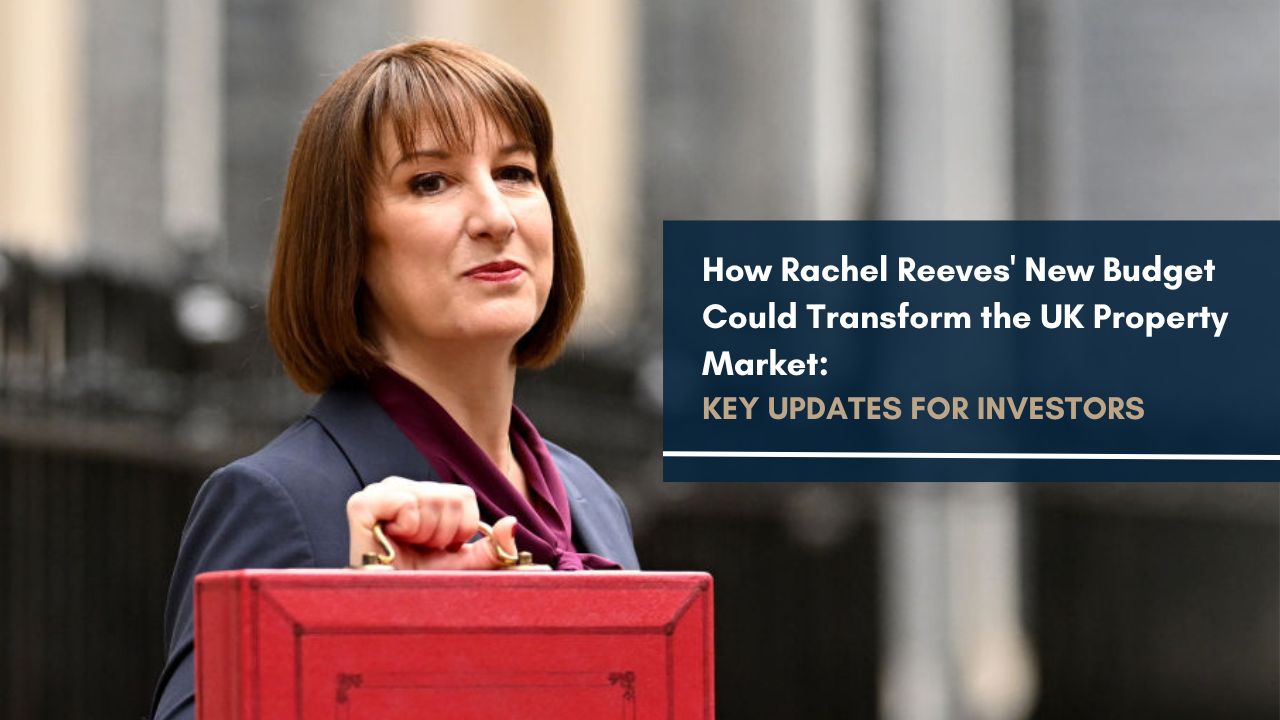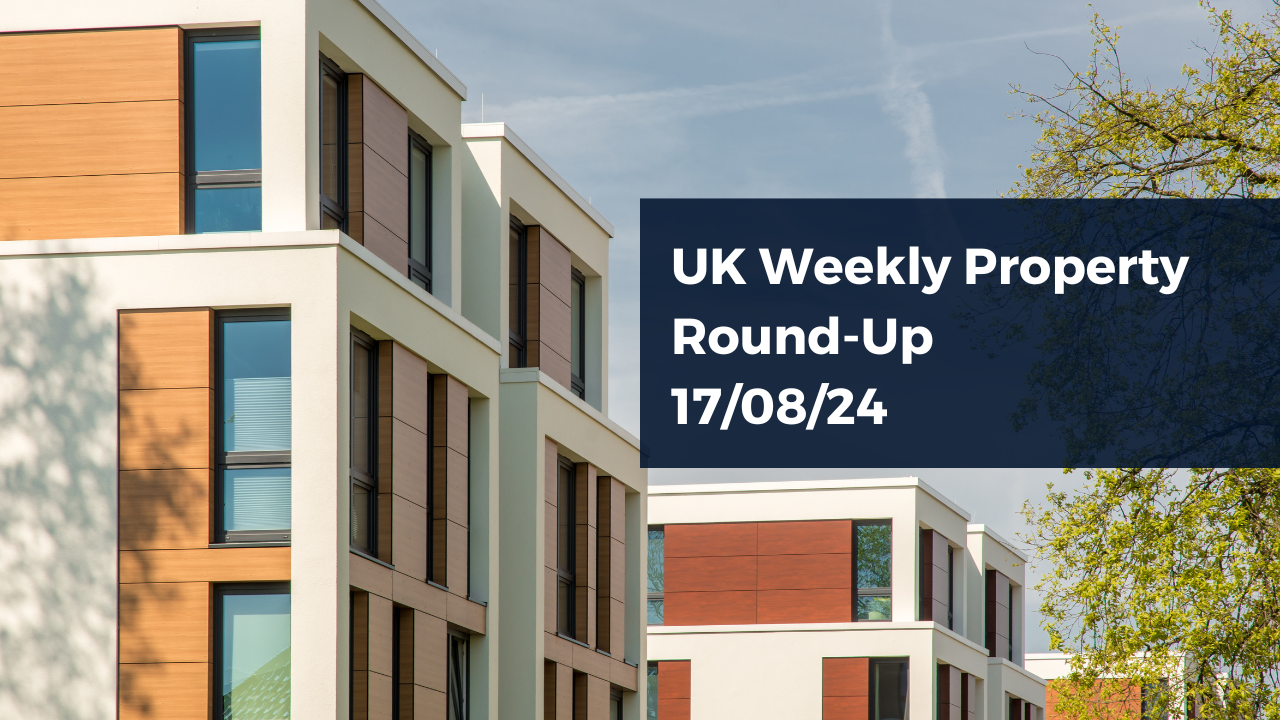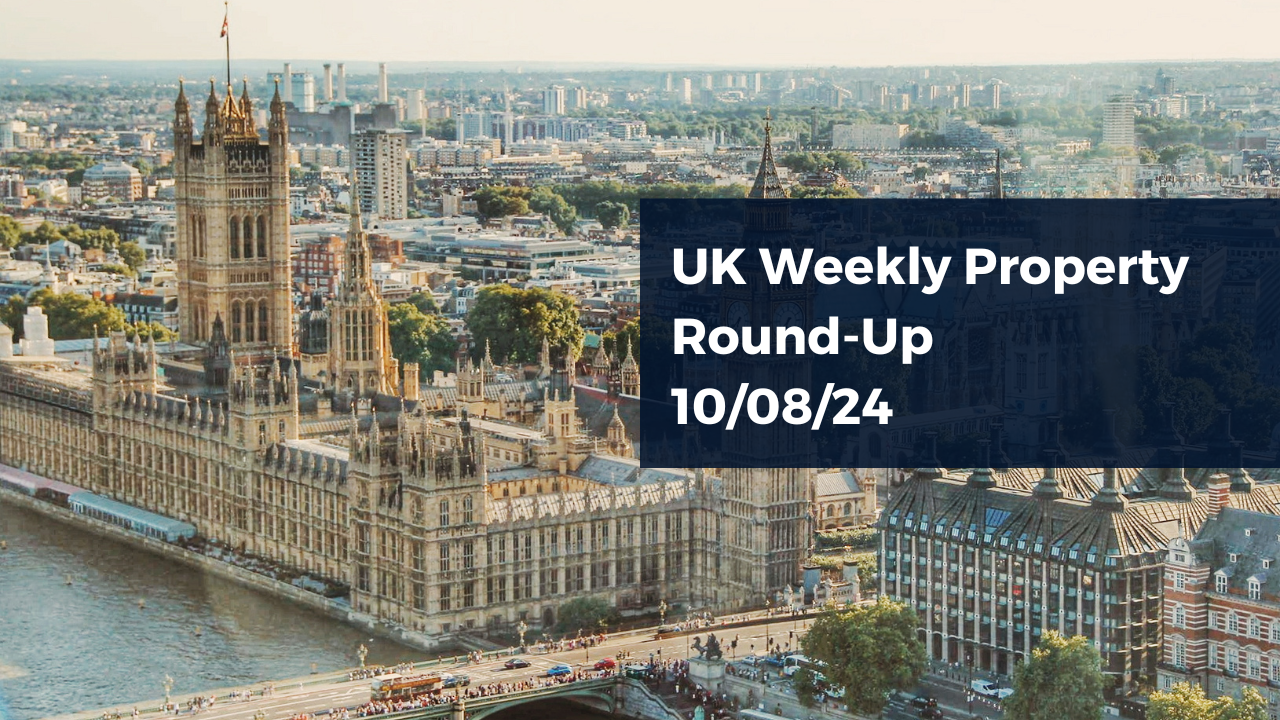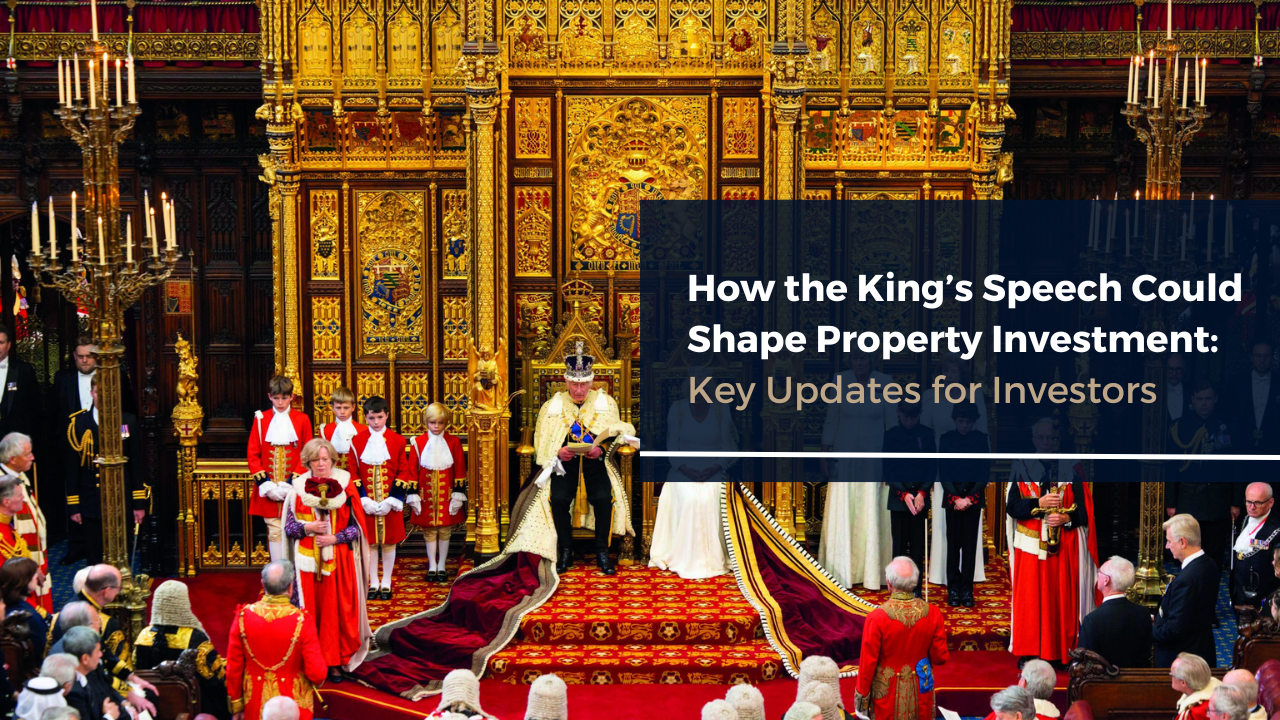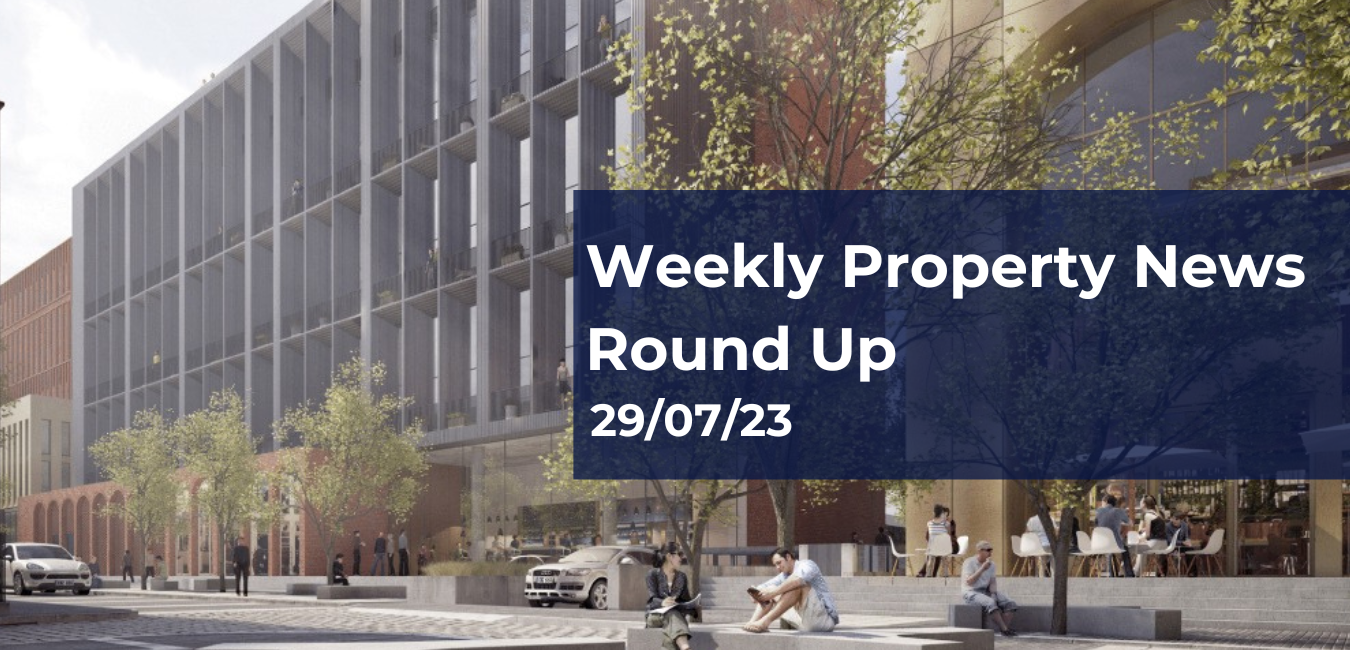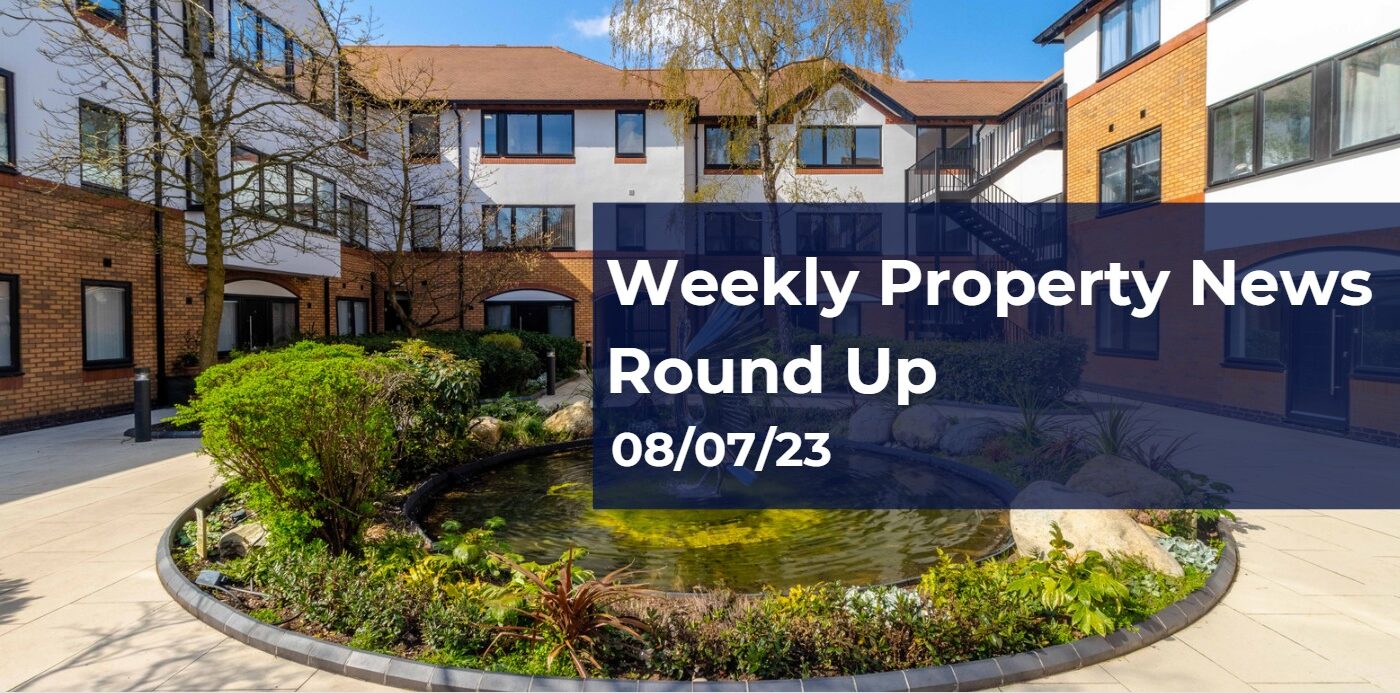* This post was inspired by our Pure Property Podcast on Yield vs Growth: Which will you choose? Listen Here.
In this article, we will be delving into the hot subject of yield versus capital growth. This is a really important topic because it represents two distinct strategies that investors can choose to focus on throughout their investment journey. There are many ways to invest, but generally people fall into one of two categories: those who are yield-focused and those who are more concerned with long-term capital appreciation and equity growth.
Of course, when asking an investor whether they are looking for high yield or capital growth, the answer will almost definitely be “both!” However, dig a little deeper and you will find that most investors do have a preference if pushed to choose only one.
This article aims to take a closer look at each strategy in a bit more detail, to break them down and help our readers determine which one may be best suited for them.
So, let’s have a look at these two primary pathways to earning from a property investment – and see if you recognise which category you may fall into!
Investor Focus: Yield

What is Rental Yield?
Simply put, rental yield is the value of the rent you can expect to receive from your property in a year. It is always expressed as a percentage and is calculated by dividing the annual rental income by your initial investment. It is accepted as a universal measurement of cash flow that can be used to compare one property with another. By doing so, you can easily tell which property will generate the most income for you.
It is important to understand that there are two main types of yield you can calculate and that there are significant differences between the two. The first type is called Gross Yield. This is the amount of income you will generate from your property before any expenses are deducted. The second type is known as Net Yield. This is generally the more useful of the two for working out a property’s true earning potential as it takes into account all manner of costs, fees and expenditures and leaves you with a final profit amount.
Learn more: A Property Investors Guide To Rental Yields
Why Focus on High Rental Yield?
If you begin your property journey with a large pot of money already sitting in the bank and would like to utilise this to become financially free within a short period of time, you may benefit from focusing on properties that offer a high percentage yield.
This is considered a lower risk investment strategy, since monthly income is not fully dependent on wider market conditions and within reason, the landlord has some control over what they charge to rent their property out.
If you are looking for a passive, hands-off investment, you may benefit from investing in an asset that will generate a stable, consistent, and safe income without leveraging every penny you have to build a property empire.
If you are over 50, it is worth sourcing affordable off-market properties that you can buy with cash rather than a mortgage, since cash-only purchases tend to be offered at significantly discounted rates. This will enable you to get a higher-than-average rental yield and really benefit from a stable and consistent income.
For this strategy, it may be wise to avoid cities like London, Birmingham, and Manchester, because the prices in these areas are quite high and as a result, the yields will reflect that. The better option would be to choose locations with a really good chance of generating 7-8% yield.
For excellent rental yield, it is also worth looking at purpose built student accommodation, which is associated with high yields, rental assurances, and with the added benefit of being fully-managed.
Investor Focus: Capital Growth

What is Capital Growth?
Capital growth, sometimes called Capital Appreciation, simply refers to the property’s value increasing over time. For example, say you bought a property 10 years ago when it was worth £100,000 and now ten years later it’s value is now £200,000. The £100,000 difference is considered to be the property’s capital growth value.
There are many factors that can affect capital growth, such as property type, location, and wider market conditions such as economical stress or funded regeneration plans. Factors like these have an impact on whether house values grow or fall.
Investors interested in off-plan developments are often attracted to the prospect of capital appreciation that are anticipated to occur throughout the construction process.
Forecasts from companies such as JLL, Hometrack, Rightmove and Zoopla all offer data points that analyse a city’s likelihood for aggressive capital growth over the next five years. This information is very useful when deciding on the location of your next buy-to-let investment. If a city or town is expected to perform well over the next five years in terms of property value increases, you may want to tailor your investment strategy to focus on that area.
Why Focus on Capital Growth?
If your long-term intention is to grow a property portfolio, eventually replacing the income from your day job with rental profits and then retiring, you would likely benefit from focusing on capital growth initially. For this plan, you will need to have saved an initial deposit and be ready to start looking for investment areas with high capital growth potential.
With a limited budget, it is important to consider how quickly you can replenish that pot in order to invest again – and the quickest way to do this is through capital growth. A high yield is excellent, but it comes in the form of monthly income which drip feeds into your account and will build up over a period of time. By comparison, capital growth can raise the value of a property significantly, building tens of thousands of pounds in equity within the same time frame. This equity can then be leveraged as a deposit to put down on your next investment project.
If you are keen to grow your capital, you may benefit from investing in areas like Manchester or Liverpool. Both of these cities have seen consistent capital growth over the last decade, and there is more potential for excellent capital growth in these areas going forward. There are also many up-and-coming areas of the UK that are anticipated to experience exponential growth in the next 5-10 years and being lesser known, they will allow you to stretch your budget further.
It might also benefit you to look at off-plan properties that can be purchased at a discounted price and often come with money-saving incentives. By the time the project is complete, capital growth will already have raised the value of your off-plan property from its original purchase price.
Every time you have gained enough capital growth for your next deposit, re-finance and use that equity to invest your next property. You can also supercharge this process by pooling all rental yield back into the business if you can afford to do so. Make sure to be flexible with locations and always buy where the capital growth is anticipated to be the highest. Repeating this strategy will result in a strong property portfolio within 10-20 years that will offer you financial security in the long term.
Final Word from Track Capital
Although this article has described focusing on either growth or yield, it is important to remember that no matter which one is most important to your long-term goals, you will still benefit from both in any buy-to-let investment.
It is always worth taking time to sit and think about your long-term goals before jumping into property investment, as it can be difficult to narrow down and buy a property without knowing specifically how you would like it to benefit you.
No matter what your investment style is, please feel free to get in touch with us. We will be more than happy to discuss your specific scenario what might suit you. We can offer some potential investments or strategies that may suit what you’re looking for and our services are completely free to use.


